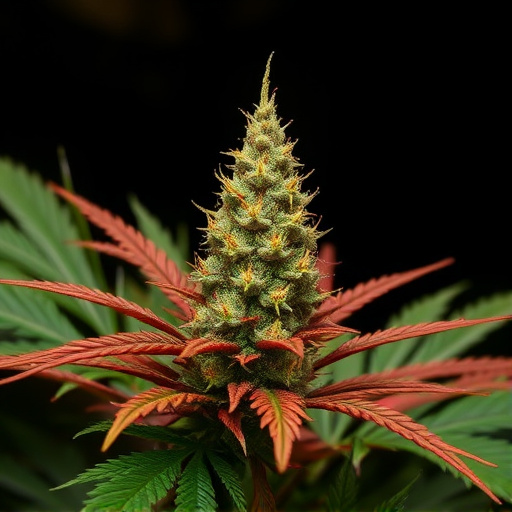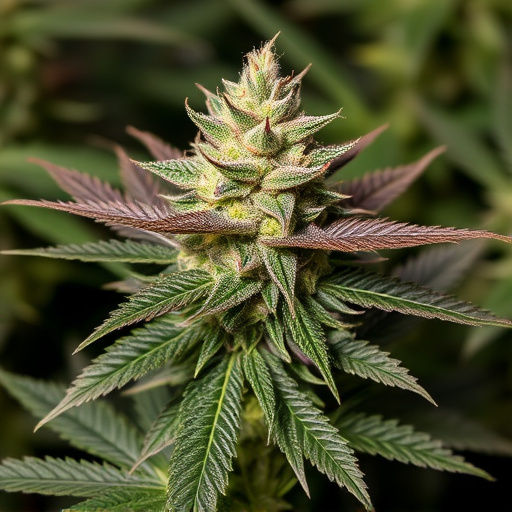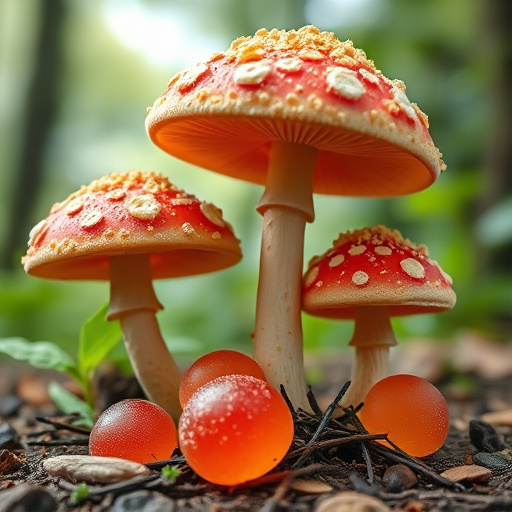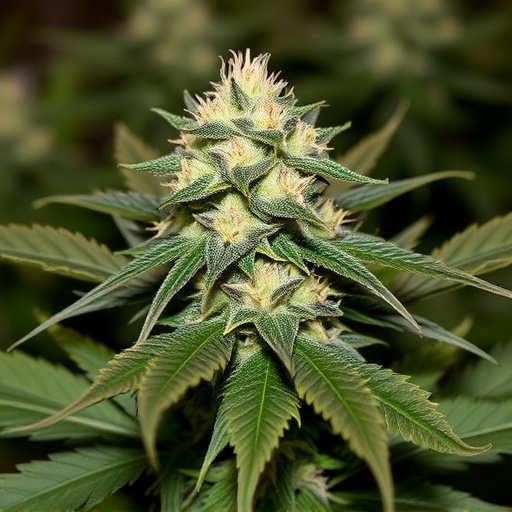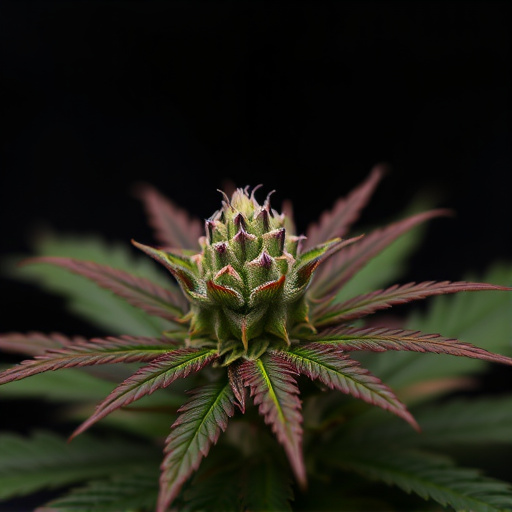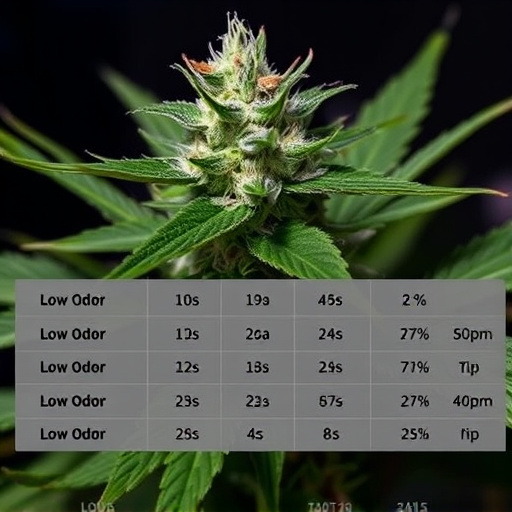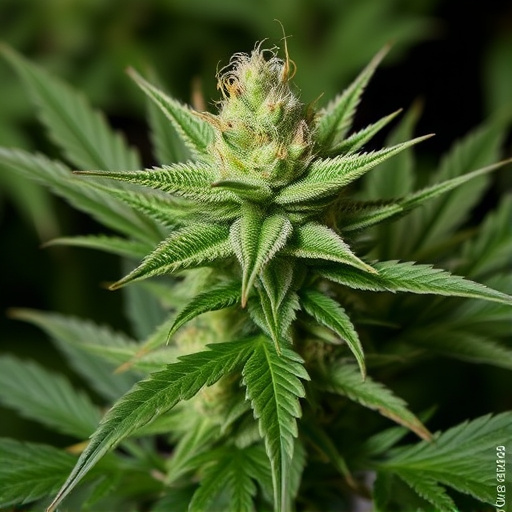Cannabis genetics are key to developing low odor cannabis strains, offering refined smoking experiences without overwhelming aromas. Through understanding gene-terpene-cannabinoid interactions, breeders create hybrid strains with balanced desirable traits and minimal off-putting odors, influenced by both natural selection and human cultivation over generations. Modern genetic technologies map genes responsible for terpene production, expanding the range of low odor cannabis strain options available to consumers today.
“Discover the secrets behind the subtle yet powerful world of low odor cannabis strains. This comprehensive guide unravels the intricate genetics that define these unique varieties, offering a glimpse into nature’s and humanity’s collaborative effort. From the principles of natural selection to human breeding practices, we explore how these have shaped the distinct characteristics of low odor strains. Get ready to delve into the science behind these subtle yet sought-after cannabis variants.”
- Understanding Cannabis Genetics: The Building Blocks of Low Odor Strains
- How Natural Selection and Human Breeding Shaped Low Odor Cannabis
- Deciphering the Science Behind Specific Low Odor Strain Characteristics
Understanding Cannabis Genetics: The Building Blocks of Low Odor Strains

Cannabis genetics are the very foundation upon which the diverse world of marijuana is built, and understanding this intricate science is key to unlocking the secrets behind low odor cannabis strains. Each plant’s unique characteristics, from its scent to its effects, can be traced back to its genetic makeup. These genes dictate the production of various terpenes and cannabinoids, which are responsible for the distinct aromas and potential therapeutic benefits associated with different strains. By studying and selecting specific genetic traits, breeders have been able to create low odor cannabis strains that offer a more subtle and enjoyable smoking experience without overwhelming sensory input.
The pursuit of low odor strains involves careful consideration of genetic variations that contribute to volatile compounds responsible for strong, sometimes unpleasant odors. Breeders focus on preserving or enhancing genes that produce desirable terpenes known for their pleasant aromas while suppressing those linked to off-putting smells. This meticulous approach ensures that the final product not only delivers a subtle fragrance but also maintains the intended therapeutic properties, making low odor cannabis strains a preferred choice among consumers seeking a more refined and discreet cannabis experience.
How Natural Selection and Human Breeding Shaped Low Odor Cannabis
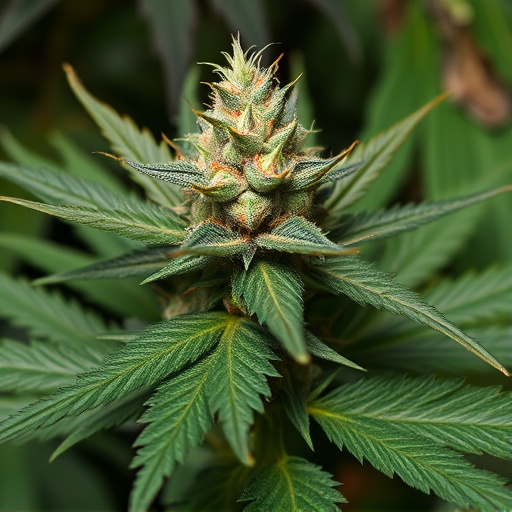
Natural selection and human breeding have played a significant role in shaping the diverse world of cannabis genetics, particularly when it comes to low odor cannabis strains. Over countless generations, plants with subtle aromas and tastes have gradually become more prevalent due to both environmental pressures and selective human cultivation. In nature, cannabis varieties that produce less potent scents may have had an advantage, evading detection by predators while still attracting pollinators for reproduction.
As humans began cultivating cannabis for its medicinal and recreational properties, they too selected for low odor strains. Breeders focused on preserving these subtle aromas and tastes while passing on desirable traits to subsequent generations. This selective breeding process has resulted in a wide range of low odor cannabis strains that offer unique sensory experiences without overwhelming pungency. Today, consumers can choose from various cultivars known for their mild or pleasant scents, catering to diverse preferences and desired applications.
Deciphering the Science Behind Specific Low Odor Strain Characteristics
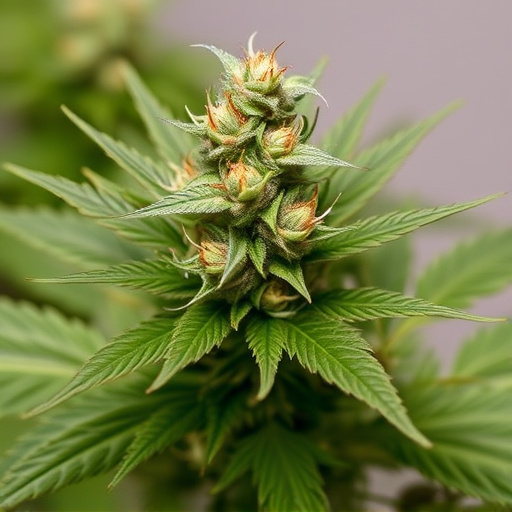
Deciphering the science behind specific low odor cannabis strain characteristics involves understanding the intricate interplay between genetics and terpene profiles. Terpenes, aromatic compounds responsible for the unique scents and flavors we associate with different strains, play a crucial role in shaping the overall aroma and potential therapeutic effects of low odor cannabis. By studying the genetic makeup of these strains, researchers can identify specific traits that contribute to reduced odorous compounds, like myrcene or limonene, which are known to be powerful odor carriers. This scientific approach allows for the selective breeding and cultivation of low odor strains, catering to consumers who prefer subtler scents without compromising potency or therapeutic benefits.
Modern genetic technologies enable scientists to map and analyze the genes responsible for terpene production, revealing insights into how different cannabis varieties develop their distinct aromas. This knowledge is instrumental in creating hybrid strains that balance desirable traits while minimizing off-putting odors. As research continues to unravel the complex chemistry of low odor cannabis strains, it paves the way for more sophisticated cultivation practices and product development, ultimately offering consumers a wider array of options tailored to their preferences.
Original cannabis genetics play a pivotal role in crafting the subtle, low odor profiles we appreciate in modern strains. Through a fascinating interplay of natural selection and human breeding, these genetic foundations have evolved to meet the preferences of today’s market. By understanding the science behind specific characteristics, cultivators can continue to refine and develop low odor strains, offering consumers a diverse range of options that cater to varied tastes and experiences.
